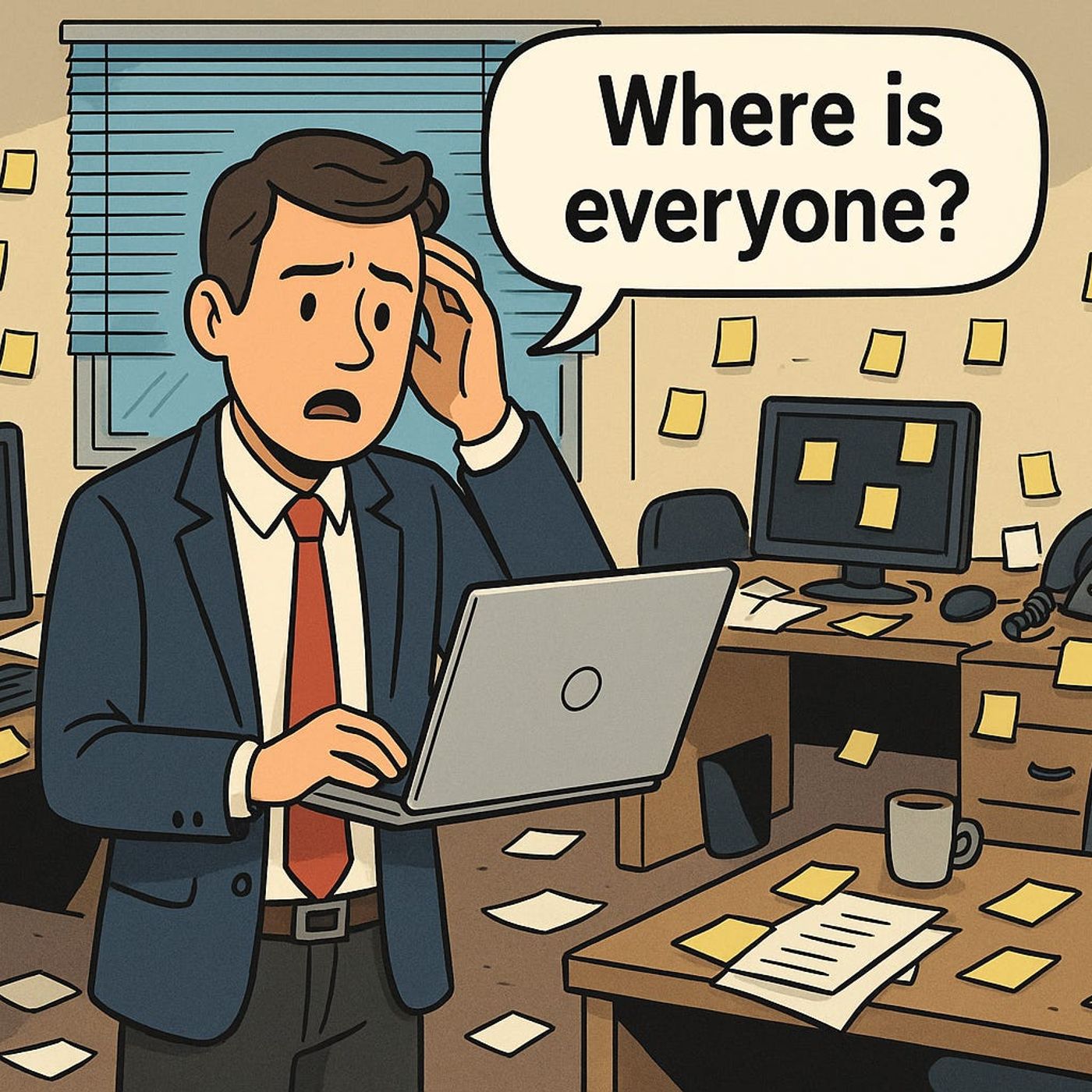Podcast Episode Details
Back to Podcast Episodes
Microsoft Places Exposes the Hybrid Work Mess
You show up at the office tomorrow and realize—you’re the only one there. No coworkers, no energy, just empty desks. Or worse, you planned to stay home, only to discover you had an in-person meeting scheduled. Hybrid work promised flexibility, but it often feels like chaos. The bigger question is—why are we still managing this mess manually?In this video, we’ll look at how Microsoft Places is designed to remove that confusion. But before we get there, let’s dig into why today’s hybrid setups are so broken in the first place.Why Hybrid Work Feels BrokenImagine booking the big conference room, prepping your slides, making sure the screen share will work—only to realize fifteen minutes into the meeting that you’re sitting there alone. The rest of your team never shows up, because somehow half of them thought the whole thing was happening online. It’s awkward, it’s frustrating, and it’s a perfect snapshot of why hybrid work so often feels broken in practice. We were promised a better balance, more freedom, less of the old rigid office life. And in theory, all of that makes sense. The problem is the execution hasn’t caught up, and the result is a lot more confusion than anyone expected. When you look closely at what’s really happening, the gap between promise and reality gets wide pretty quickly. Entire office floors sit empty one day, and the next day people are scrambling to find open desks because suddenly everyone decided today was the day to be on-site. Hybrid was never meant to run like that. The idea was to give people choice and flexibility, but without coordination those choices collide. An office either feels like a ghost town or like a bus station at rush hour, with no middle ground. Companies are stuck paying for the space either way, which makes executives wonder what the benefit really is. I’ve watched enterprises run into this same wall over and over again. One example sticks in my mind where a global company renovated a whole floor with open collaboration areas to entice employees back. Nice couches, touchdown spaces, multi-purpose rooms—you name it. The only problem was that nobody ever showed up to use it. Colleagues would come on random days, miss each other entirely, and end up working alone next to unused furniture that had cost tens of thousands to install. The space was technically open, but in reality, it was wasted. And once leadership noticed, the conversation quickly shifted from innovation to “why are we spending so much for this?” That waste isn’t small. In fact, financial analysts have pointed out how commercial real estate in major cities is being underutilized, with some buildings reporting less than 40 percent occupancy on an average weekday. Those numbers might sound abstract, but they translate directly to rent, heating, electricity, cleaning services—every ongoing office expense. It’s like leaving all the lights and air conditioning running in a building you’re hardly using. But because no one has reliable data about who’s coming in when, businesses keep burning that money week after week. The messy part isn’t only about space—it’s about people. Hybrid work without coordination is a lot like trying to run an orchestra when every player brought a different sheet of music. Everyone’s technically working, but nobody is in rhythm. Someone’s remote, someone else is onsite, another teammate changes plans last-minute, and meetings turn into hunts for the least-bad compromise. Productivity dips not because employees don’t want to work, but because they’re stuck improvising in a system that doesn’t actually support them. Experts who track workplace efficiency have flagged this again and again. They point out that scattered planning reduces focus, fractures collaboration, and pushes teams back into reactive mode instead of proactive. If you’ve ever spent half an afternoon coordinating calendars, room availability, travel time, and online options for a single two-hour session, you know the drag this creates
Published on 3 days, 17 hours ago